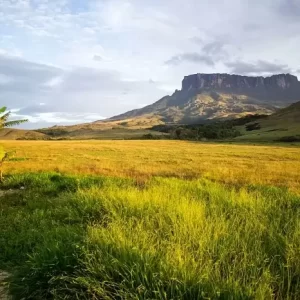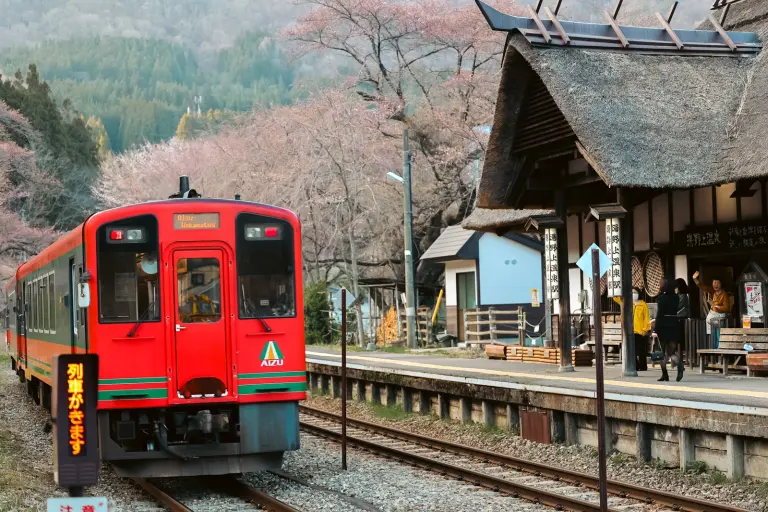Have you ever dreamed of stepping into a forest so ancient, it whispers the secrets of the Earth itself?
If your heart beats a little faster at the thought of misty trails, hidden waterfalls, and the kind of silence that only deep nature can offer—you’re in the right place.
Join me as we journey through the Gondwana Rainforests of Australia—a forgotten world where time moves slower, the air smells like green, and every step feels like a return to something primal and beautiful.
Whether you’re chasing your next adventure or just beginning to explore your wanderlust, this is the kind of destination that changes something inside you. Ready to discover it?
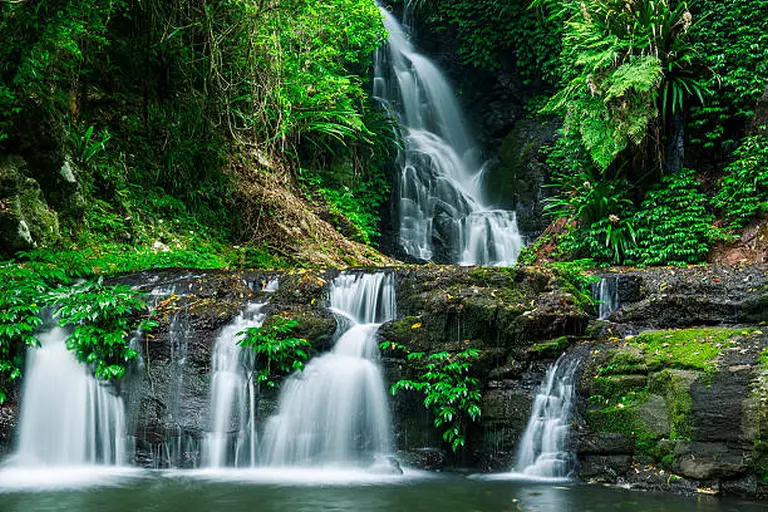
Where Ancient Earth Still Breathes
Tucked along the lush coastal hinterlands of New South Wales and southeast Queensland, the Gondwana Rainforests of Australia are living relics of a prehistoric world. Named after the ancient supercontinent Gondwana, these rainforests are one of the oldest surviving ecosystems on the planet, harboring life forms that date back over 180 million years.
Declared a UNESCO World Heritage Site in 1986, this sprawling natural wonder includes over 40 national parks and reserves, forming a breathtaking mosaic of biodiversity and geological marvels.
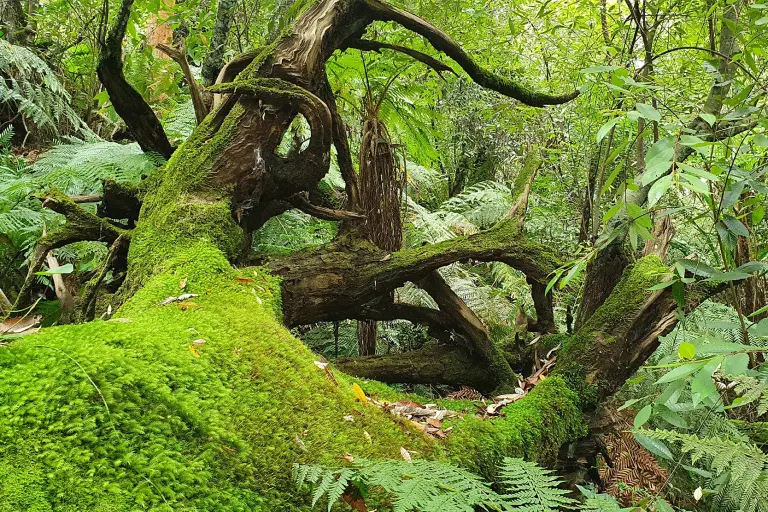
>> Barossa Valley: Where wine dreams come to life
What’s Included?
The Gondwana Rainforests are not a single location, but a network of protected sites stretching over 366,500 hectares. Some of the most iconic parks include:
- Lamington National Park – famed for its waterfalls and ancient Antarctic beech trees.
- Springbrook National Park – home to glow worm caves and dramatic cliffs.
- Border Ranges National Park – a haven for birdwatchers and cloud forest lovers.
- Dorrigo National Park – featuring skywalks above the canopy and massive trees.
Each park offers a unique landscape, from subtropical rainforests and cool temperate forests to high plateaus and volcanic cliffs.
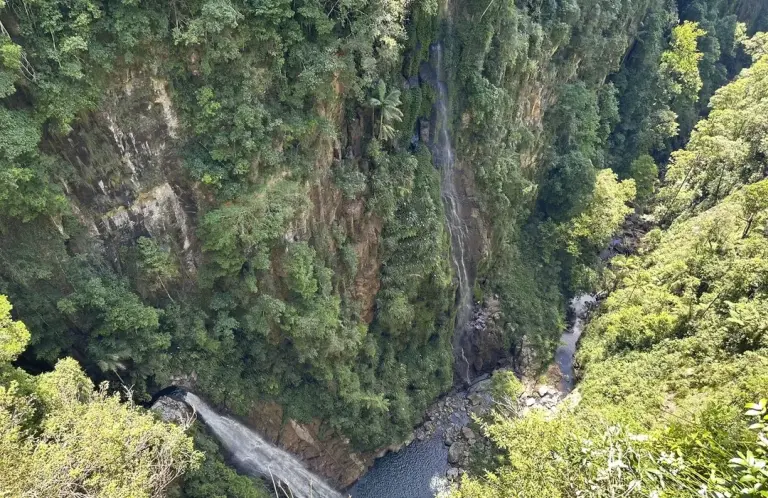
A Biodiversity Time Capsule
The Gondwana Rainforests host:
- Over 200 rare or threatened plant species
- More than 50 species of mammals, including the elusive spotted-tailed quoll
- High levels of endemism, especially among frogs, reptiles, and birds
- The ancient Antarctic beech tree (Nothofagus moorei) – a living fossil
- This region gives scientists rare insights into how plant and animal species evolved from the time of dinosaurs to today.
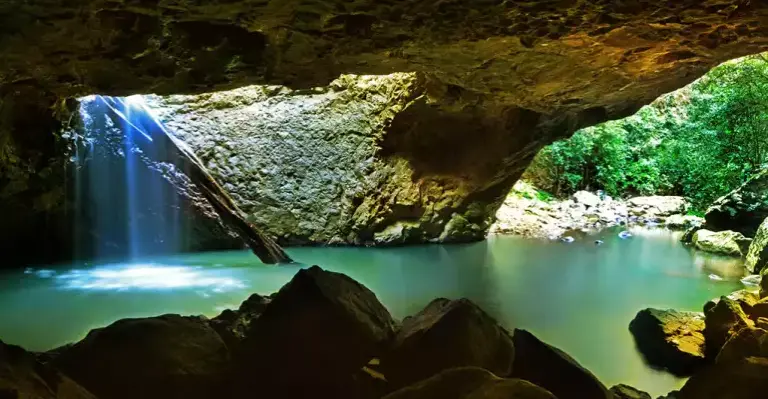
>> Untamed beauty of Kakadu – Australia’s wild northern treasure
Things to Do
Whether you’re a nature enthusiast, a hiker, or simply a seeker of peace, there’s something here for everyone:
- Bushwalking & Hiking – Trails range from gentle rainforest strolls to challenging treks like the Border Track (21 km).
- Birdwatching – Spot lyrebirds, bowerbirds, and rare Albert’s lyrebirds.
- Chasing Waterfalls – From Purling Brook Falls to Crystal Shower Falls, the options are endless.
- Scenic Lookouts – Skywalks like Dorrigo’s elevated boardwalk offer panoramic views above the treetops.
- Night Tours – Discover glow worms and nocturnal creatures under a starry southern sky.
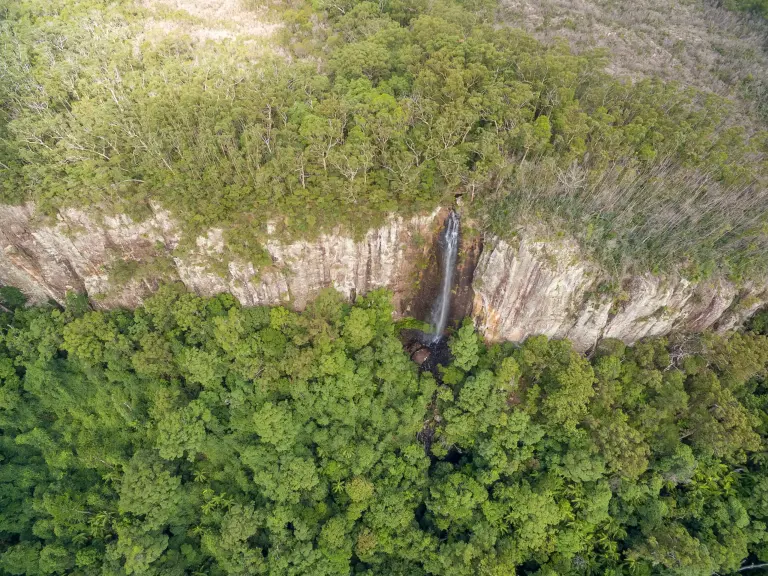
Travel Tips
- Best Time to Visit: Spring (Sep–Nov) and Autumn (Mar–May) for mild weather and rich foliage.
- Getting There: Most parks are accessible by car from Brisbane or Sydney. Public transport is limited—consider renting a vehicle.
- Where to Stay: Eco-lodges, cabins, and campsites are available near most parks. Lamington and Springbrook have popular retreat options.
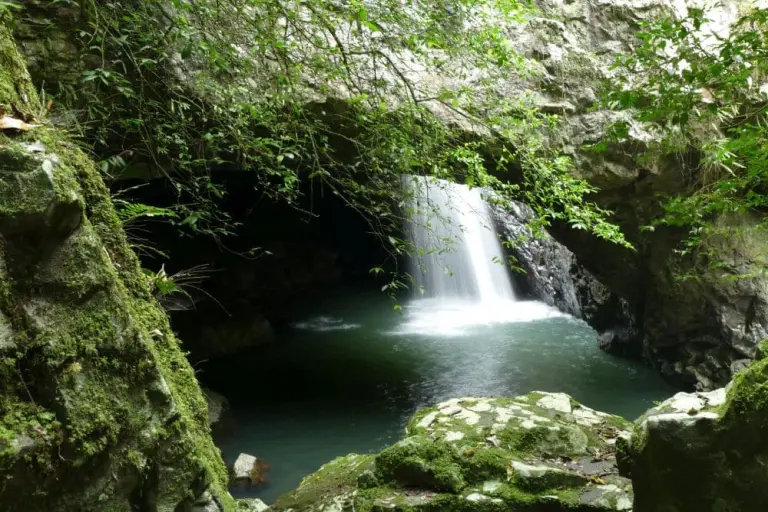
>> Western Australia in Bloom – The wildflower wonderland
Why It’s Special
In an age of concrete and speed, the Gondwana Rainforests offer something precious: silence, time, and connection to Earth’s oldest living memory. Walking through these forests is more than sightseeing—it’s a journey through evolutionary history, an immersion in stillness and life.
If you’re building your travel bucket list, make room for the Gondwana Rainforests. They’re not just trees and trails—they’re the heartbeat of an ancient world still echoing in today’s Australia.
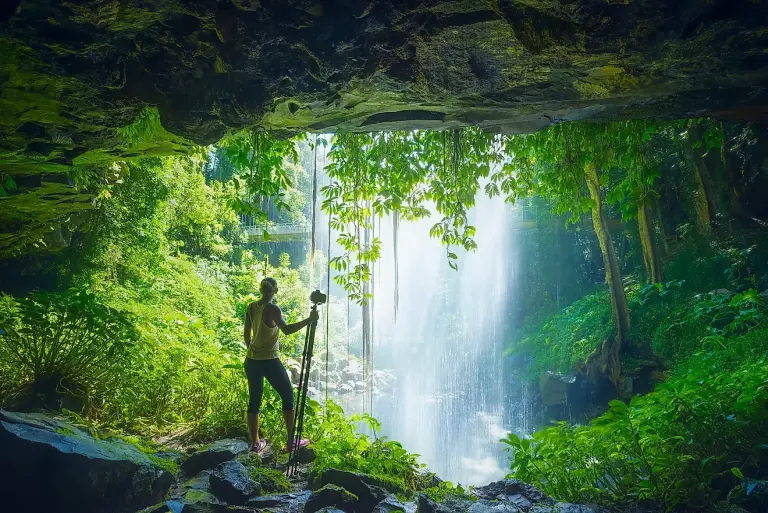
Somewhere between the sound of rustling leaves and the light breaking through an ancient canopy, you realize: this is more than travel. This is reconnection—with nature, with yourself, with the stories the Earth has been telling for millions of years.
So tell me…
Would you walk into a forest where the dinosaurs once roamed?
Drop a comment below with your dream destination, or let me know: Have you ever experienced a place that made time stand still?
Let’s share our stories—and maybe, find our next adventure together.
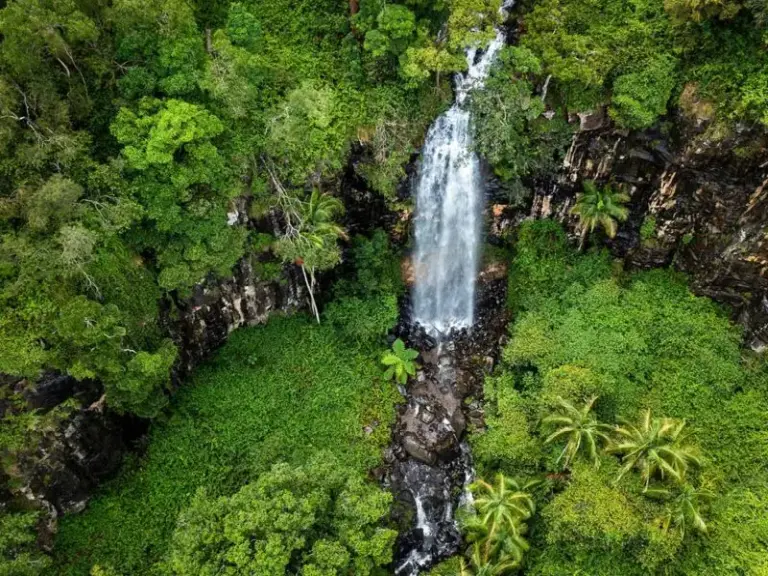
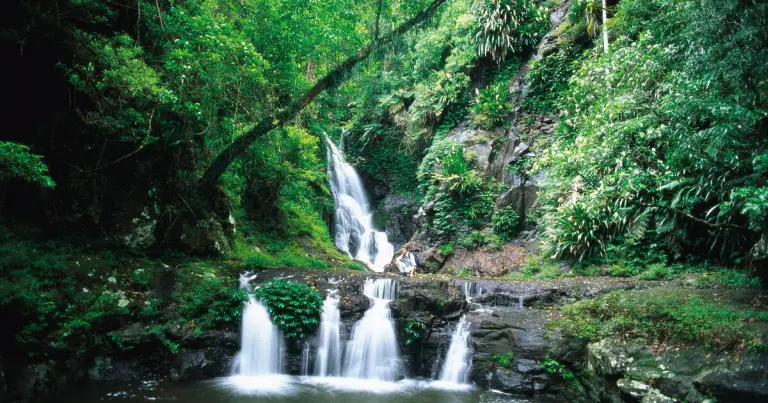
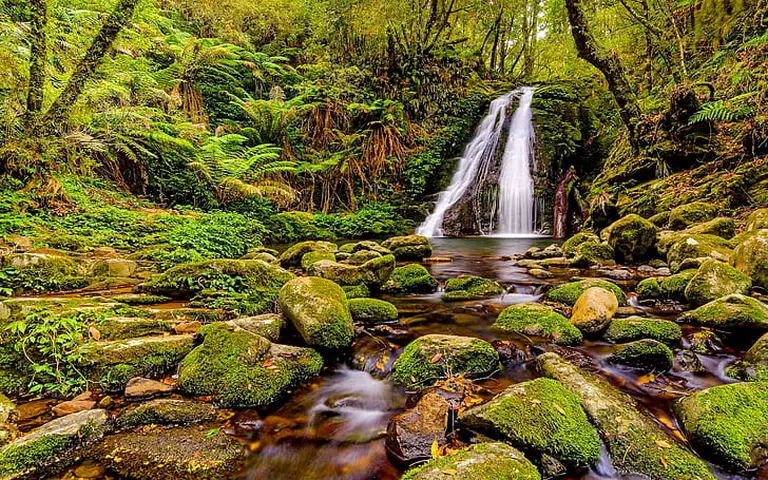
>> Ultimate guide to the Great Barrier Reef: Everything you need to know
FAQ
What are the Gondwana Rainforests?
The Gondwana Rainforests are a network of subtropical, cool temperate, and warm temperate rainforests stretching across New South Wales and South East Queensland. They are part of the UNESCO World Heritage List, recognized for their ancient evolutionary history and unique biodiversity.
These forests are living remnants of the supercontinent Gondwana, which existed over 180 million years ago — making this one of the oldest continuous ecosystems on the planet.
Why are they called “Gondwana” Rainforests?
The name refers to Gondwana, an ancient supercontinent that included Australia, Antarctica, South America, Africa, and India. When the landmasses broke apart, Australia retained pockets of the original forests.
So walking through these rainforests is like stepping back into the age of dinosaurs, surrounded by flora that predates humans.
Where are the Gondwana Rainforests located?
The Gondwana Rainforests span across:
- 50+ separate parks and reserves
- Stretching from Barrington Tops in NSW to Main Range in Queensland
Notable areas include:
- Lamington National Park (QLD)
- Springbrook National Park (QLD)
- Nightcap National Park (NSW)
- Dorrigo National Park (NSW)
- Border Ranges National Park (NSW/QLD border)
What makes these rainforests so special?
- World’s most extensive subtropical rainforest
- Home to primitive plant species like Antarctic beech
- Habitat to rare and endangered wildlife
- Spectacular waterfalls, walking trails, and misty valleys
- A living museum of Earth’s evolutionary history
They contain more species of ancient ferns and trees than anywhere else in the world.
What wildlife can I expect to see?
The Gondwana Rainforests are a biodiversity hotspot, with:
- Albert’s lyrebird (ancient songbird)
- Giant barred frogs, leaf-tailed geckos, and rare marsupials
- Colorful snakes, butterflies, and glow worms
- Flying foxes and rainforest bats
Many animals here are endemic, meaning they live nowhere else on Earth.
What can I do when visiting the Gondwana Rainforests?
There’s something for everyone:
- Bushwalking and hiking through ancient trails
- Waterfall chasing (e.g. Minyon Falls, Twin Falls, Crystal Shower Falls)
- Photography and wildlife watching
- Stargazing and glow worm spotting at night
- Scenic drives and lookouts (like Best of All Lookout, NSW)
Are the Gondwana Rainforests suitable for families and kids?
Yes! Many trails are well-maintained and family-friendly, including:
- Rainforest walks with boardwalks and bridges
- Visitor centres with educational exhibits
- Wildlife spotting opportunities
- Picnic areas with beautiful views
- Places like Dorrigo Skywalk and Natural Bridge in Springbrook are perfect for families.
When is the best time to visit?
The Gondwana Rainforests can be visited year-round, but:
- Spring (Sept–Nov) offers wildflowers and active wildlife
- Autumn (Mar–May) gives misty forests and rich colors
- Summer has lush growth but also higher humidity and rainfall
Avoid heavy rains if you want uninterrupted trails and clear views.
Are there guided tours available?
Yes! You can join:
- Aboriginal cultural tours that explain the Dreamtime connection to the land
- Eco-walks led by rangers or botanists
- Day trips from Brisbane, Byron Bay, or Gold Coast to places like Springbrook or Lamington
These tours often provide insight into both nature and culture.
Can I stay overnight in or near the rainforests?
Absolutely. Accommodation options include:
- Campgrounds inside national parks
- Eco-lodges, mountain cabins, and treehouses
- Hotels and B&Bs in nearby towns like Byron Bay, Murwillumbah, or Binna Burra
Staying overnight lets you enjoy sunrises, morning birdcalls, and star-filled skies.
Do I need a pass or permit to visit?
Most national parks are free to enter, but some may require:
- A vehicle day pass (e.g., Lamington or Springbrook)
- Camping permits (if staying overnight in the park)
Check with the NSW National Parks or Queensland Parks & Wildlife websites for current rules.
Final Thoughts
The Gondwana Rainforests aren’t just a place to visit — they’re a place to connect with Earth’s deep past, breathe in nature’s purity, and experience an ecosystem that has remained unchanged for millions of years.
Whether you’re seeking adventure, serenity, or education, this World Heritage wonder offers something deeply soulful and unforgettable.



